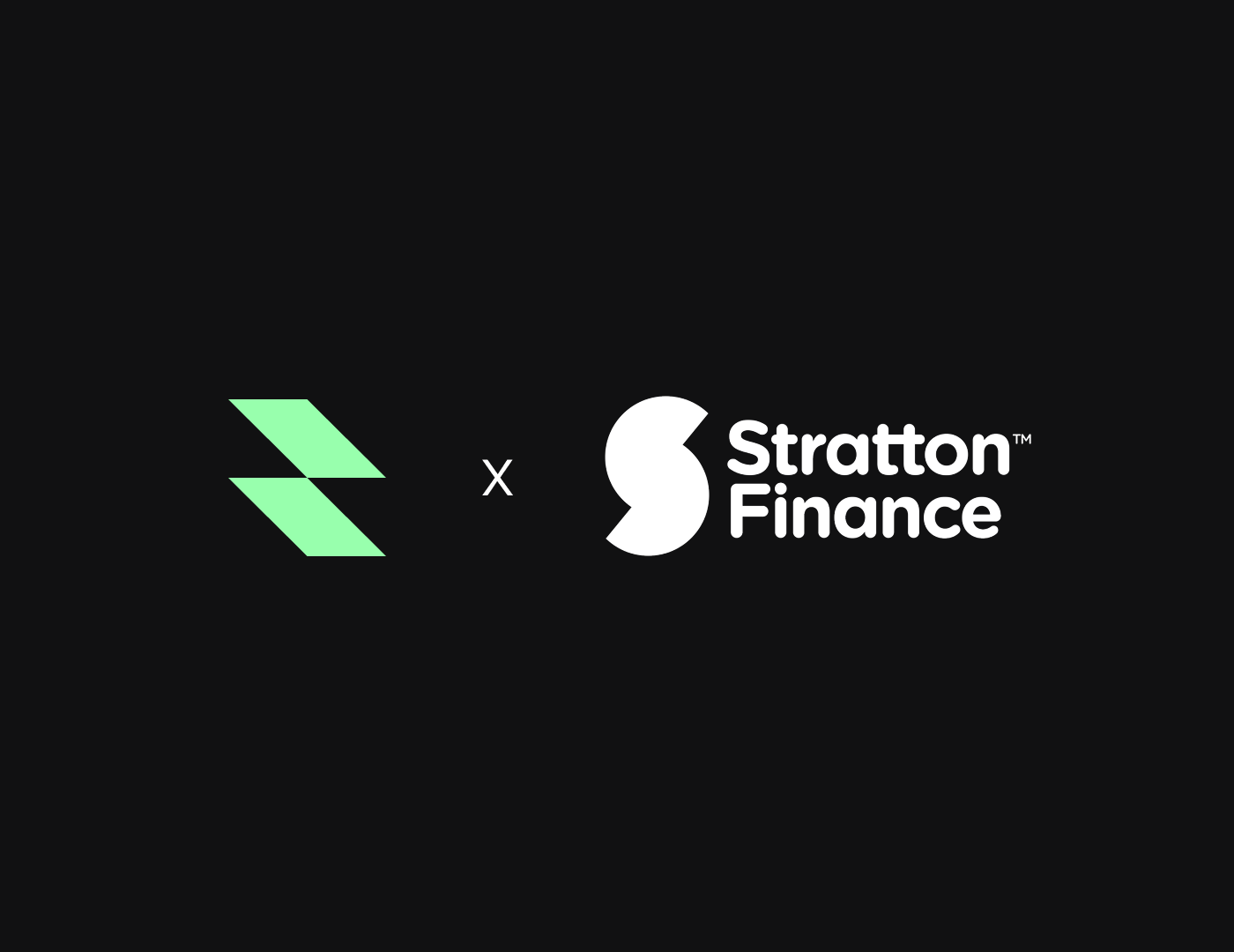Legume Importers. Buying Legumes, Exporting Legumes
Legume Importers. Buying Legumes, Exporting Legumes
It is no secret that legumes are good for us. All legumes, also known as pulses, are an affordable source of protein, iron and zinc. The World Health Organization (WHO) recommends a daily intake of approximately 10 grams of protein per person. This is because about one-third of the world’s population cannot meet their recommended protein intake through standard diet alone. However, this does not mean that all people can live on legumes alone. While they are excellent sources of specific nutrients such as vitamin B3, vitamin B6 and folic acid, legumes also contain a lot of oxalic acid which can be harmful for people with kidney disease or gout. In this article, we look at the global import and export market for legume importers and exporters.
Importing Legume
First, let’s take a look at the importing legume side. Legume importers can be either countries or populations. In the case of countries, it is important to know that there are no official statistics for imports. One reason for this is that the legume is a very diverse group of products, with thousands of varieties and manufacturing processes. In addition, the legume is often mixed with other ingredients when it is being manufactured. This makes it difficult to trace individual import figures. The most common legume importers are Asia, Europe, North America and South America. Asian countries are importing large amounts of peas, green and yellow lentils, beans and chickpeas. European countries import a large number of different products, such as chickpeas, beans, lentils and peas. North America is importing a large amount of yellow peas, kidney beans, pinto beans and chickpeas. South America imports mainly chickpeas, beans and lentils.
Exporting Legumes
Let’s take a look at the other side of the legume import and export game: Exporting legumes. Legume exporters can be either countries or populations. In the case of countries, it is important to keep in mind that the legume is a very diverse group of products, with thousands of varieties and manufacturing processes. This makes it very difficult to trace individual export figures. The most common legume exporters are Asia, Europe, North America and South America. Asian countries export large amounts of yellow peas, pinto beans, chickpeas and mung beans. European countries export large amounts of peas, yellow beans, red lentils and mung beans. North America has been exporting large amounts of yellow peas, red lentils, red beans and chickpeas. South America exports large amounts of yellow peas, red lentils and yellow beans.
Global export and import of legumes by country
While legume importers and exporters can be either countries or populations, it is important to have a look at the global import and export figures for legumes by country. This will give us a better overview of the legume import and export market. The table below shows the top importers and exporters of legumes in 2017. The countries shown in the table are the top five importers and exporters of legumes. The USA imported a total of 1,059,838 metric tons of legumes in 2017, while they only exported 725,835 metric tons. This means that the USA is one of the largest importers of legumes in the world. The main legumes imported by the USA include kidney beans, chickpeas, yellow peas, navy beans and black beans. The top five legume exporters are Canada, India, Argentina, China and Australia. Canada exported a total of 1,358,844 metric tons of legumes in 2017, while they imported 309,834 metric tons. India exported a total of 793,537 metric tons of legumes in 2017, while they only imported 25,943 metric tons. Argentina exported a total of 597,055 metric tons of legumes in 2017, while they only imported 200,000 metric tons. China exported a total of 497,517 metric tons of legumes in 2017, while they only imported 100,000 metric tons.
Top exporters of legumes
The table below shows the top legume exporters in 2017. The legumes shown in the table are the top five legumes exported by each country. Canada exports large amounts of yellow peas, red lentils, navy beans and green peas. India exports large amounts of yellow peas, green peas, chickpeas and lentils. Argentina exports large amounts of yellow peas, red lentils, navy beans and red beans. China exports large amounts of yellow peas, yellow beans and lentils. Australia exports large amounts of yellow peas, navy beans and yellow beans.
Final words: Go ahead and add more legumes to your diet!
Legumes are a healthy and affordable source of plant-based protein, iron and zinc. While they are good for us, they also contain a lot of oxalic acid which can be harmful for people with kidney disease or gout. Legume importers and exporters can be either countries or populations. The table below shows the top importers and exporters of legumes in 2017. The table also shows the top five legumes exported by each country. The USA imported a total of 1,059,838 metric tons of legumes in 2017, while they only exported 725,835 metric tons. This means that the USA is one of the largest importers of legumes in the world. The main legumes imported by the USA include kidney beans, chickpeas, yellow peas, navy beans and black beans. Canada exported a total of 1,358,844 metric tons of legumes in 2017, while they only imported 309,834 metric tons. This means that Canada is one of the largest exporters of legumes in the world. The main legumes exported by Canada include yellow peas, red lentils, navy beans, black beans and green peas. These are the top 5 legume exporters in the world. These exporters are followed by many other countries. Now you know where your legumes come from. So, go ahead and add more legumes to your diet!








LEAVE A COMMENT
You must be logged in to post a comment.